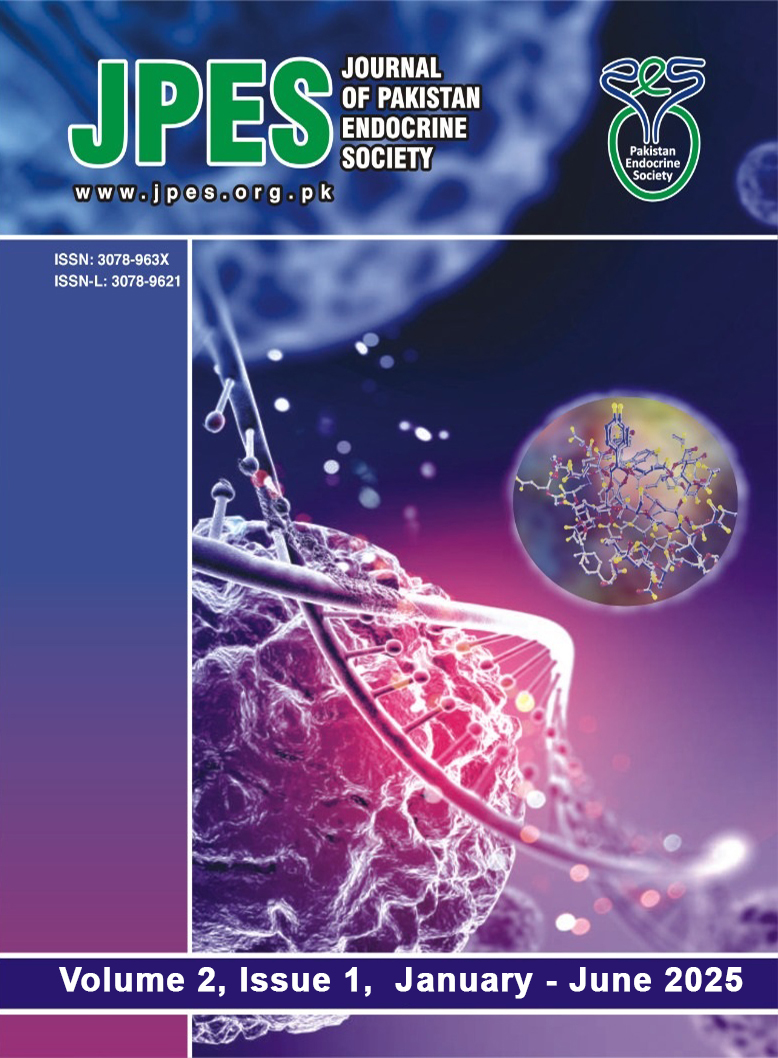Continuous Glucose Monitoring for Diabetes Management: Experience of an Academic Tertiary Care Hospital in Pakistan
Keywords:
Diabetes Technology, Lower-Middle-Income Country, Diabetes Mellitus, Continuous Glucose Monitoring, Glucose Biosensor, Implanted DevicesAbstract
Background: Professional continuous glucose monitoring (pCGM) is being increasingly utilized worldwide in diabetes mellitus (DM) management. This observational study describes our institutional experience using intermittent pCGM in Pakistan.
Methods: Data was collected from the records of patients who had Medtronic iPRO™-2 CGM wearable device placed from August 2016-September 2020 at the Endocrinology clinics of Aga Khan University Hospital, Pakistan.
Results: pCGM was utilized in 22 patients (mean age: 42.4 years) during the study period. Eleven (50%) had a diagnosis of DM2, 10 (45.5%) DM1 and 1 patient had (4.5%) GDM. Median time since diagnosis of DM was 15 years. Four patients were pregnant at time of pCGM testing. pCGM was worn on average for 6 days. Patients’ pCGM glucose measurements were above the target range in 40.5% of readings and below 70mg/dL in 3% of readings. Based on report review, the treating physician recommended changes in medications, dose adjustments, or lifestyle modifications at the 1-week follow-up visit. The mean baseline HbA1c value was available in 20 patients (9.01±1.92%). Amongst patients following up after 3-6 months (n=13), HbA1c significantly decreased to 9.21%±2.09% before pCGM to 7.83%±1.28% after pCGM (p=0.03).
Conclusions: The use of pCGM at our institute has been limited despite a busy diabetes practice. Cost and lack of awareness amongst providers regarding the indications and benefits from pCGM are potential factors in this underutilization of technology. A significant reduction in HbA1c values was observed in patients who had pCGM.


